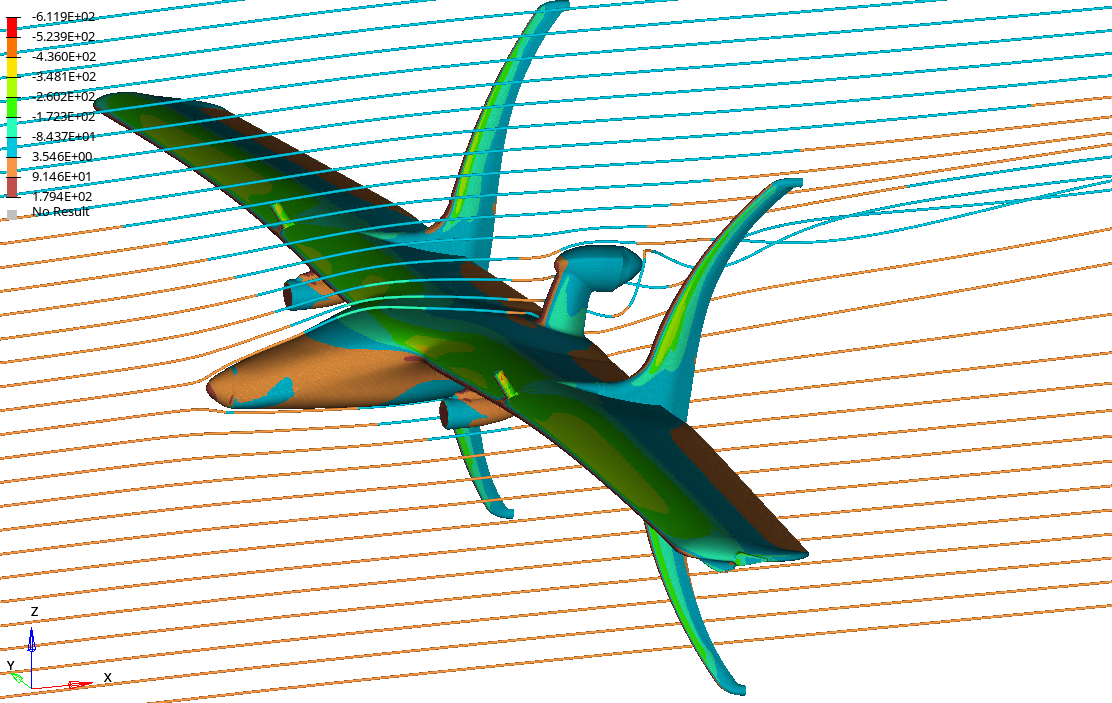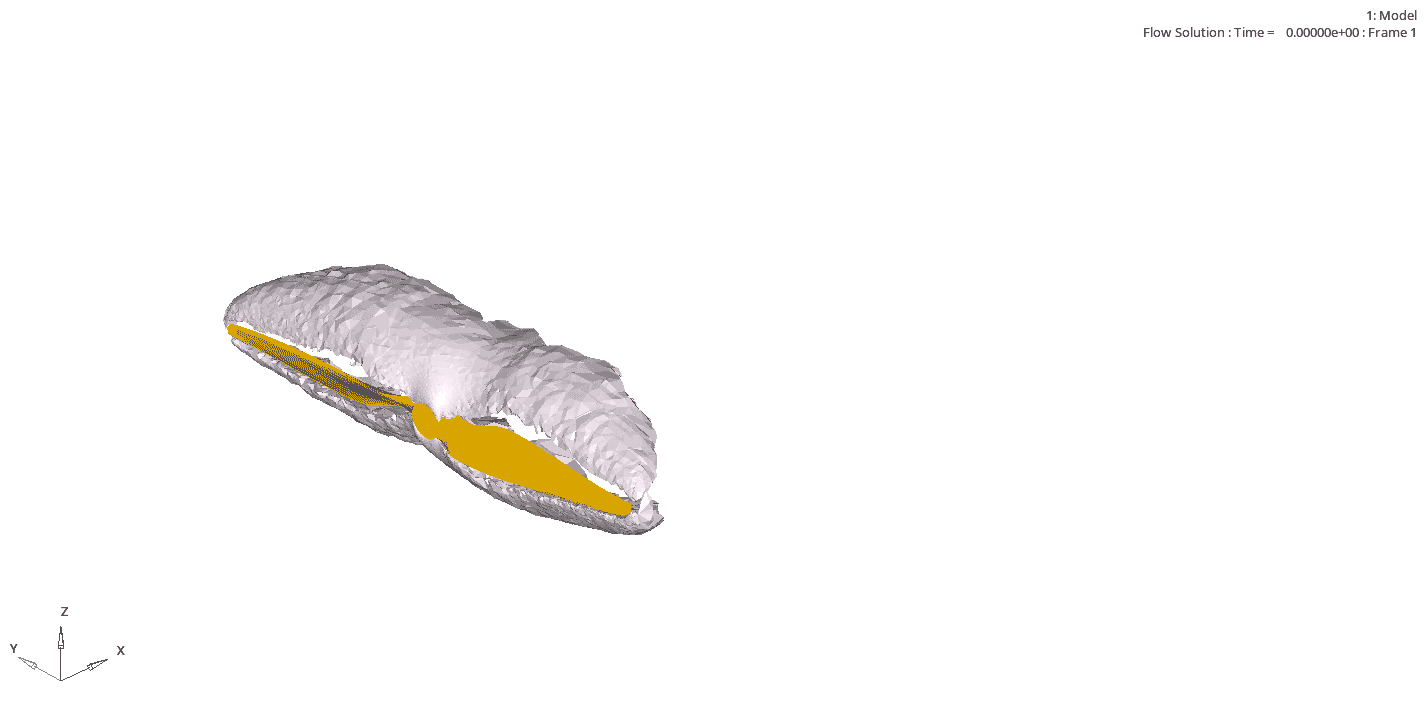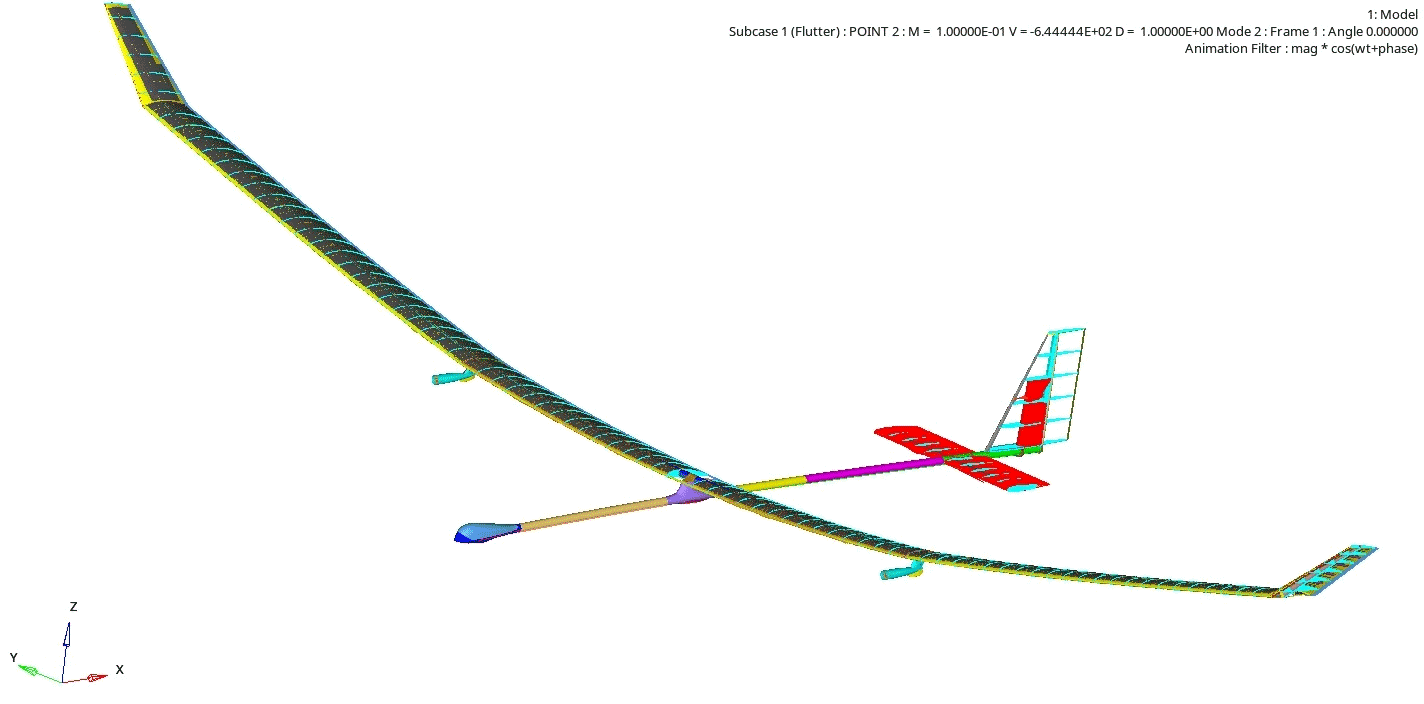Computational Fluid Dynamics (CFD) in Aeroelastic Analysis and Structural Design Optimization
Swift Engineering has collaborated with world-class prime contractors for over 40 years, explicitly focused on structural integrity and manufacturing issues within the aerospace, marine, UAV, and recreational markets.
Expertise
Aeroelastic analysis plays a significant role in aircraft structural design and sizing process. Maneuver trim loads, transient maneuver loads, flutter, and gust response are all aeroelastic phenomena considered in the aircraft structural design and certification processes.
Therefore, addressing aeroelastic effects early in the design process can significantly increase the chances of program success and avoid rework as the design matures. Swift Engineering uses best-in-class FEA tools to perform integrated CFD and Aeroelasticity analysis to achieve optimum structural performance.


Refine Design
An aeroelastic analysis is based on the coupling of a structural dynamics model and an aerodynamic model, where typically, the structure is modeled by a finite-element model (FEM), and the aerodynamics is modeled by a linear panel aerodynamic model (Panel Method). More accurate aerodynamic data, such as wind tunnel data and computational fluid dynamics (CFD) data for the rigid configuration normally become available in the latter stages of the design process. They are then incorporated into aeroelastic analyses to refine the design.
Aircraft components, including the lifting surfaces, are manufactured to have minimal structural weight, making them light and flexible. In modern aircraft, the need to increase the range and fuel economy necessitates more lightweight structures. In military aircraft, the extreme operational conditions due to rapid combat maneuvers make the static deformations large enough to impact the aircraft’s aerodynamics. For ultra-lightweight and high aspect ratio aircraft like Swift’s Solar Powered HALE aircraft, compliance to save weight creates equally challenging aeroelastic interactions. In both cases, there is a risk of catastrophic failure due to static wing divergence and dynamic flutter, in addition to the performance risk from the loss of aerodynamic attributes.
Wing Flutter
Wing flutter is probably the most commonly known and studied of all the dynamic aeroelastic phenomena. All flexible wings twist and bend under applied aerodynamic forces. The aerodynamic loads deform the structure, changing the wing geometry. This feedback process between the flow and the structure can result in a self-excited system. If the wing twists and bends in a specific manner, the unsteady aerodynamic loads start feeding the wing’s elastic motion, causing the amplitudes to grow, eventually leading to structural failure.

